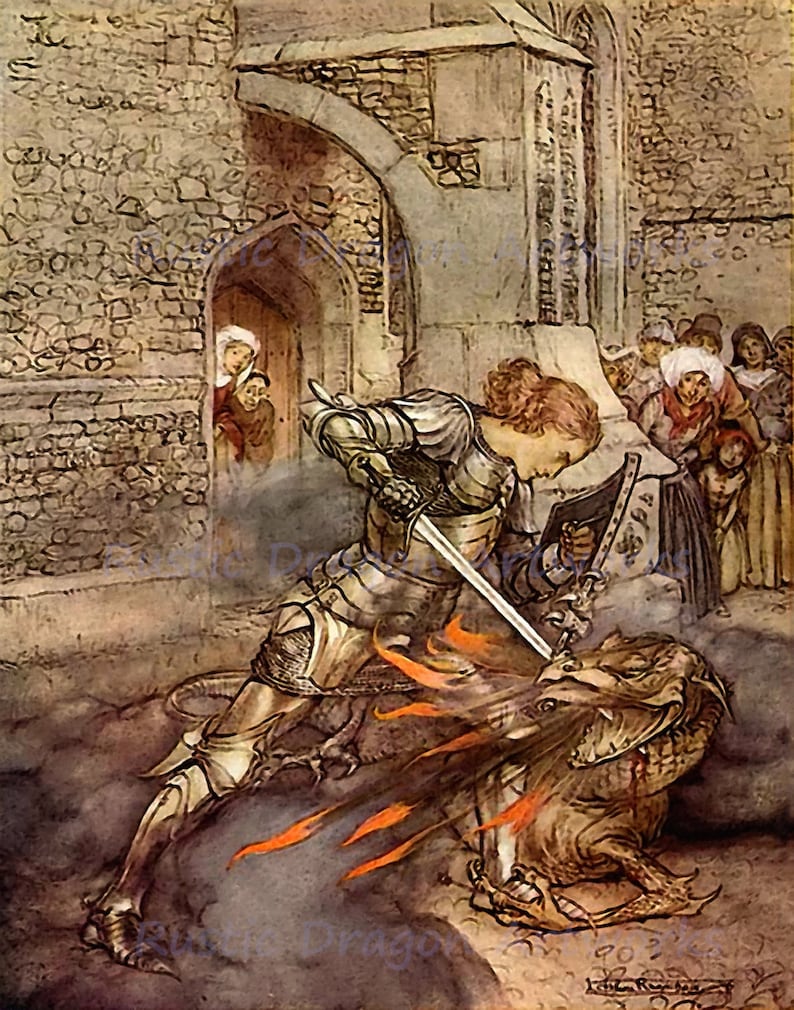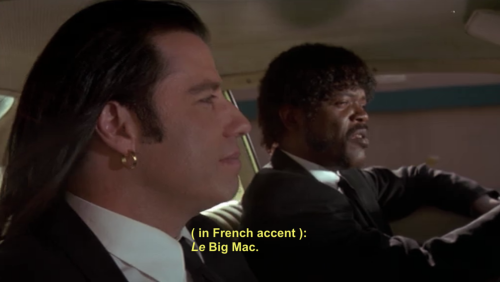The Ragthorn by Robert Holdstock (RH) is rather fascinating.
Upon reflection there is an amusing symmetry with our own endeavours; as the characters are focused upon academic research of arcane text to uncover a lost secret.
Overall unlike RH Lost Realms, my initial analysis cannot draw as many direct nor clear associations between Ragthorn and in game systems. However, there are but a few examples, which have helped me discover several systems, indirectly.
In Ragthorn the narrative talks of a secret tree and within archaic texts it is written to be surrounded and protected by the
Rune for Thorn. This is married with a physical temple which surrounds a tree with four alters, to birth, maturity and death and one which is unknown.
This passage reminded me of the Raxxla logo; especially of RH book the Lost Realms and
Jorki Rasalas discussions upon
the tri-partite goddess.
Question: Is Raxxla surrounded or protected in game by three goddesses?
In game there are various goddesses which may qualify to this description, a number of them are in the Lost Realms sector in game, but to date none orientate in any pattern, other than being in a tight focal point.
Again Holdstock utilises and repeats the use of the mystical number
seven, something which may be prevalent in the codex too!
I believe the rune mentioned as Thorn to be probably
Thurisaz of the Futhark and/or Futhorc alphabet, linked to chaos and power. The word ‘Thorn’ is the Anglo-Saxon spelling of the old Norse ‘Thorn’ but spelt with a
Þ representing the ‘th’ sound; or ‘Thurs’.
Thurisaz is in game but it’s actually very high up in the upper celestial sphere, in an area common with ‘heavenly’ deities. Many of these are attributed to parental gods, or gods denoting the highest areas in their pantheon.
Oddly there are also two systems close to each other named after those runic alphabets,
Futhorc and
Futhark situated within the Lost Realms sector.
This area is common with lower or ‘demonic’ deities, some attributed to concepts of an underworld, an abyss or watery depths, this also abuts the segments of Yggdrasil common with its ‘edge of the world’, which in my opinion tied with the ‘Lost Realms’ concept as an area identifying a
boundary for the ‘
Otherworld’.
Interestingly in Gaelic folklore the entrance to this ‘Otherworld’ is thought to be marked by the
Hawthorn tree!
Commonly the concept of a world-tree involves a guardian deity or entrance point or bridge. Similar to that of Celtic concepts or the boundaries of the Otherworld.
Hawthorn tree - Quickthorn; Whitethorn; Hagthorn; Mayflower; Bara Caws; Sgitheach in Gaelic; Sceach in Irish; Hagþorn / Hagaþorn in Norse; Hagtorn in Swedish; Hagedorn in German.
None of these are in game.
Hawthorn maybe associated with ‘life, longevity and protection’. Linked to Beltane ‘the fires of Bel’ Bel, likely the Celtic sun god,
Belenus, which is in game.
Another thorny tree, the Blackthorn tree is likewise known as - Sloh; Sloe; Draigean in Gaelic; Draenen ddu in Welsh; Slaþorn In Norse.
None are in game.
Blackthorn is known as: ‘
Mother of the wood’ associated with bad luck and witchcraft. In Norse mythology it’s a sacred tree to the Dark, or
Crone aspect of the
Triple Goddess, and represents the Waning and Dark Moons, associated with the Scottish Cailleach – the Crone of Death;
Hecate in Greece; or the Irish
Morrigan, also in game.
Question: How many systems or bodies exist in game attributed to triple goddesses, and thorny trees?
In game Futhorc has a body Graysonia which means ‘
middle of nowhere’; next to it in game is Futhark which essentially is just another name for the same alphabet, this has a body Chuillin, which is Celtic for ‘
Holly bush’ - what a peculiar coincidence, yet of the numerous names I could locate associated with such mythological trees, none so far seem to be replicated in game.
Outside of this, whilst talking to
Simulacrae about Arthurian legend, I was able to recall mention in the book, of the Welsh god
Mabon.
Mabon was a god of divine light, linked to the pagan sabbat and celebrated as part of the wheel of the year and harvest festivals. He was born of the goddess
Dea Motrona, a mother deity. As a child Mabon was also kidnapped to the
underworld, consecutively there are parallels here with the myth of
Persephone!
Both of these are in game, Dea Motrona is within the ‘upper celestial sphere’ where as Mabon, again sits in the Lost Realms area, again an indication I strongly suspect is intentional.
Note, in game although these systems are similar comparatively, in regards to Persephone and Demeter, their positions in the upper and lower hemispheres are not so identically aligned.
Mabon and Dea Motrona are interesting, as are many of our older gods, as they have a link to arthurian legend.
Mabon can be attributed to a character from King Arthur’s war party, and likewise Dea Motrona might be associated with
Morgan le Fay!
Note Arthurian legend is partly fictional, but mostly an extrapolation of older Celtic / Saxon / Norse / Druidic mythology which dates back 4,000 years. This was a key aspect within RH Lost Realms and his other works.
Personally I don’t suspect these links are attributed in game nor directing us to Arthurian legend, but rather these are similarly examples of a common shared mythology outlined in Ragthorn; namely the legend of the
Glastonbury Thorn which was a
Hawthorn tree which themselves have deeper roots in older Celtic mythology.
Question: Is the context of Holdstocks Ragthorn’s
‘thorny’ trees as guardians replicated in game, with a thorny tree pointing the way towards the
Otherworld and Raxxla?
Another amusing aspect of Ragthorn; was that there’s a short reference to John Milton and
Paradise Lost. Sadly such a reference does not initially offer any particular new insight, as it doesn’t name any new elements.
Another anomaly exists in the last story (it’s 3 stories in one book) where there is the following familiar line, which I found amusing:
“The talk is all of the stars “spinning” and swirling”.
Ragthorn is a fun gothic tale which I devoured in an afternoon, I do recommended it. I’m uncertain presently if it offers any in-depth context to the game, at most I do suspect it’s had some influence but I’ve yet to identify anything as substantial as the influence RH Lost Realms has had in game..
A thorny work in progress.




